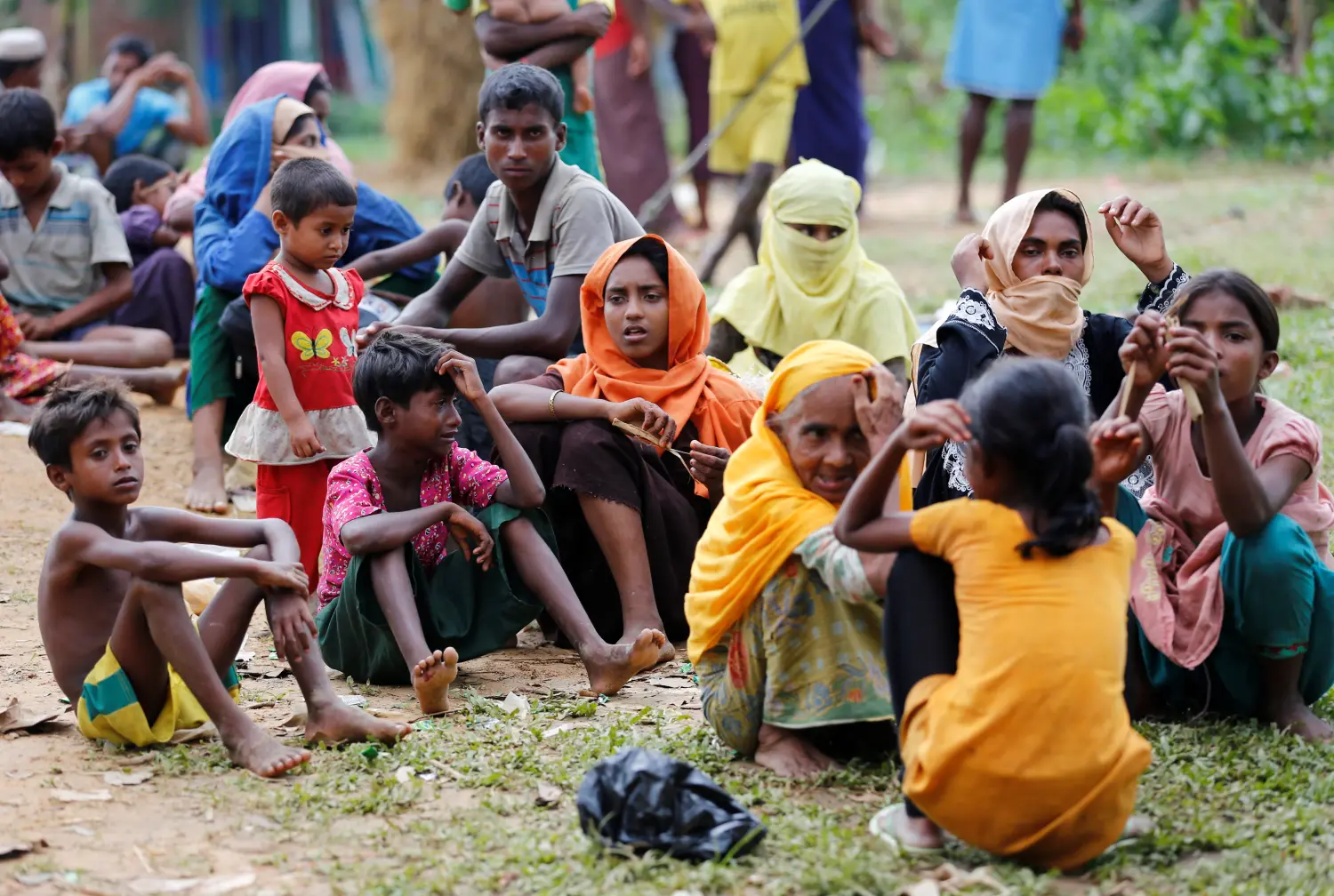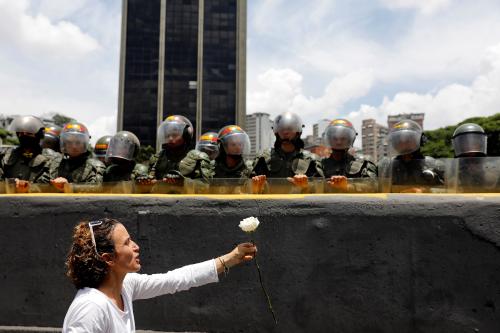This working paper is part of a series of papers on democracy, security, and violent extremism prepared for the Community of Democracies’ Democracy and Security Dialogue. The project seeks to foster greater collaboration among democratic governments, donors, civil society, and academics to improve security outcomes and create a more conducive environment for the strengthening of democracy around the world
SUMMARY
In preparation for the Community of Democracies’ Democracy and Security Dialogue, Brookings Institution researchers studied how the quality of democracy in developing countries related to levels of human security from 1990 to 2015. Human security diverges from traditional notions of national security by placing the primary focus on the individual rather than the state, and expanding security to encompass both an individual’s freedom from want and freedom from fear. As such, it provides a different perspective on the democratic peace thesis, which has privileged traditional notions of national security. Without controlling for other variables, the researchers found a weak negative correlation between our measurement of human security (also referred to as human insecurity) and democracy. Across regime types, there is a statistically significant difference between strong democracies—which possess less human insecurity—and strong autocracies. There is, however, no correlation between democracy and human insecurity for weak autocracies and weak democracies.
This working paper has three main sections. First, the authors discuss the two variables of interest: human insecurity and democracy. Second, to analyze and identify patterns within the country-year data, they perform a simple mean analysis, regression, and data inspection. Finally, they discuss the results.




